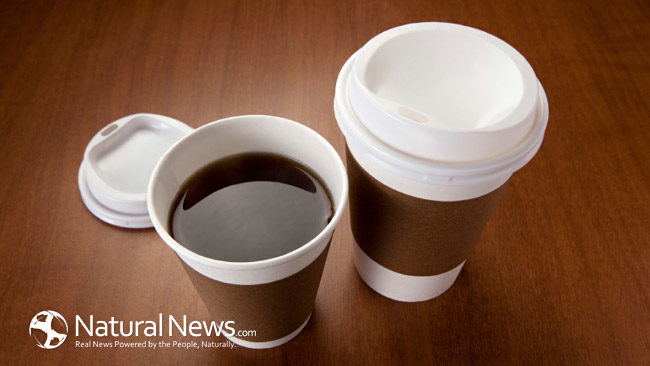People all over the world drink coffee. In many places, it’s considered a large part of the culture, with some taking hours to brew it, and others enjoying several quick cups throughout the day. All that coffee has an effect on the environment. Fad trends like K-cups and latte art are fun, but they also encourage waste. Single-use items, poor purchase decisions and a continual uptick in our demand for coffee is having a negative impact.
Here are some ways to protect the environment while still enjoying your daily cup of joe.
Avoid Single-Use Cups
Many places that serve coffee will use either plastic or paper cups. Either way, the cup is designed to be thrown away after you’ve had that single cup of coffee. Out of all single-use items, coffee cups are one of the most common. If you can avoid single-use items in general, you can start saving a shocking amount of waste. These kinds of coffee cups get tossed and are rarely recycled. Instead, go to places where you can bring your own cup. It’s often cheaper and you can sometimes get free refills.
Try Shade-Grown Coffee
Most of the coffee you buy comes from a traditional coffee plantation. That means there’s nothing but coffee trees on most of the estate. Native coffee actually grows better in the shade, but commercially, it’s easier to harvest coffee trees if they’re the only things around, and full-sun varieties have been produced with increases yield. However, that kind of monoculture is a severe limitation to the kind of wildlife that can thrive there. By planting different trees, growers cut down on some space, but it’s wildly beneficial to wildlife.
Brew It at Home
Instead of stopping and waiting in line for coffee at your local shop before work, take a few extra minutes at home to brew yourself a cup or two. You can make it exactly the way you like, without having to deal with all the chaos and grumpy people first thing in the morning. It’s much less expensive to buy your own, and being able to purchase various kinds of coffee means you can buy things like fair trade or shade grown coffee. It enables you to make better choices for the environment because you can control what you purchase.
Try the Reusable K-Cups
The regular, plastic K-cups seem like they’d be beneficial since you’re only using enough coffee for one cup. However, that means that anytime you want to make a cup, you have an extra thing to throw away. In 2014, more than 9 billion K cups were thrown away. Since then, Keurig has made an effort to make them recyclable, but it’s not easy. Because of the cup’s components, you have to specifically buy recyclable cups or take the regular ones apart. Either way, it’s not exactly the most consumer-friendly option.
On the other hand, if you already have a Keurig system, reusable K-cups are available. You can buy whatever kind of coffee you prefer and keep the same machine.
Get a Reusable Filter
Paper coffee filters are a single-use product. Sure, they work well, but metal coffee filters also work really well. Since Keurig offers a reusable option, it only makes sense that other brands should do the same. One reusable filter costs around $5, which isn’t exactly expensive. It’s only about $1 more than one of the cheapest packages of single-use filters! Over the course of a year, you’re more likely to spend much less with a metal filter. Even the cheapest paper filters will come out to about $10 each year, so you can cut that in half with one inexpensive metal filter.
Recycle Grounds
If you brew your coffee at home, you don’t have to toss the grounds. Used coffee grounds actually have a few different uses around the house. Using old coffee grounds in the garden is one of the most popular ways to make use of them. They’re high in nitrogen, which some soils are quite desperately in need of. However, just tossing grounds into the soil isn’t always the best way to do it. Mixing it in with your compost, however, will almost always give you wonderful results. You can also sprinkle it on top of the soil to keep slugs away or mix it with citrus to keep cats out.
Of course, there are plenty of other ways to go green with your coffee. Ask your local shop to change their cups or beans, or try a French press coffee maker instead. Just make a few small adjustments, and you can drop the coffee guilt.





